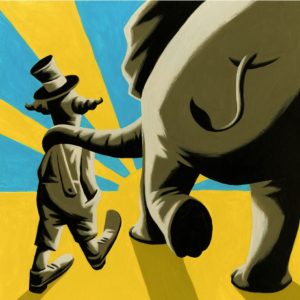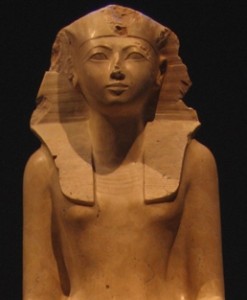In fact, the entertainments commonly linked with the modern circus—acrobatics, animal performances and pantomimes—belong to traditions long predating the Romans. Four-millennia-old Egyptian paintings show female jugglers; in China, archaeologists have found 2,000-year-old clay figurines of tumblers.
Circus-type entertainments could be hideously violent: In 17th-century Britain, dogs tore into bears and chimpanzees. A humane change of pace came in 1768, when Philip Astley, often called the father of the modern circus, put on his first show in London, in a simple horse-riding ring. He found that a circle 42 feet in diameter was ideal for using centrifugal force as an aid in balancing on a horse’s back while doing tricks. It’s a size still used today. Between the horse shows, he scheduled clowning and tumbling acts.Circuses in fledgling America, with its long distances, shortage of venues and lack of large cities, found the European model too static and costly. In 1808, Hachaliah Bailey took the circus in a new direction by making animals the real stars, particularly an African elephant named Old Bet. The focus on animal spectacles became the American model, while Europeans still emphasized human performers.
When railroads spread across America, circuses could ship their menageries. Already famous for his museums and “freak shows,” P.T. Barnum and his partners joined forces with rivals and used special circus trains to create the largest circus in the country. Although Barnum played up the animal and human oddities in his “sideshow,” the marquee attraction was Jumbo the Elephant. In its final year, the Ringling Bros. animal contingent, according to a news report, included tigers, camels, horses, kangaroos and snakes. The elephants had already retired.
Once animal-rights protests and rising travel costs started eroding profitability in the late 20th century, the American circus became trapped by its own history. But the success of Canada’s Cirque du Soleil, which since its 1984 debut has conquered the globe with its astounding acrobatics and staging, shows that the older European tradition introduced by Astley still has the power to inspire wonder. The future may well lie in looking backward, to the era when the stars of the show were the people in the ring.








